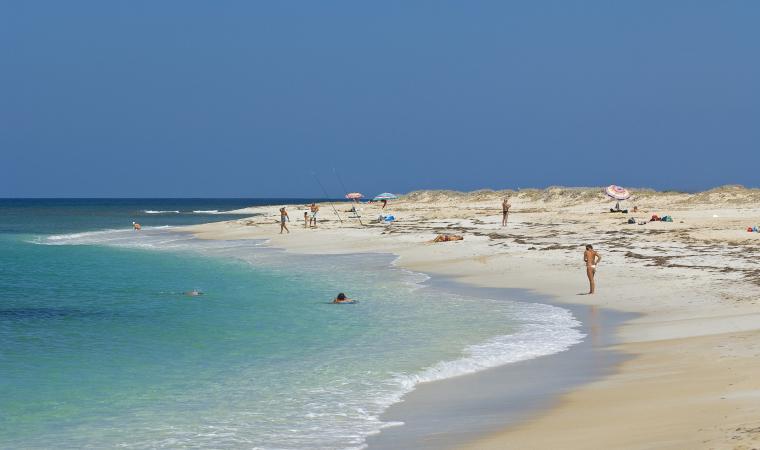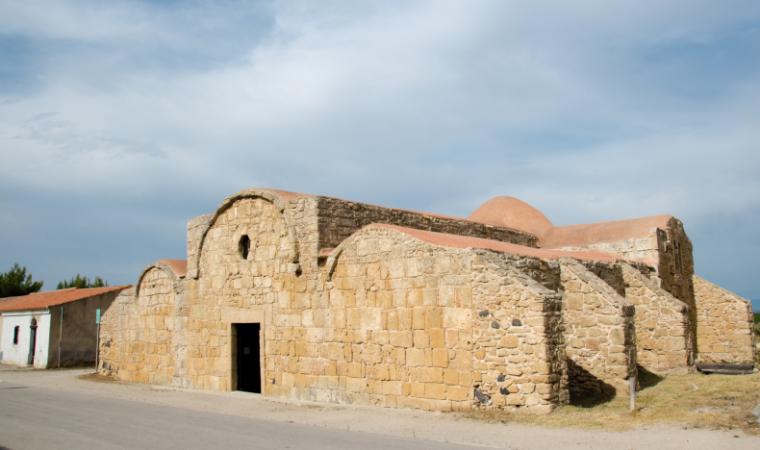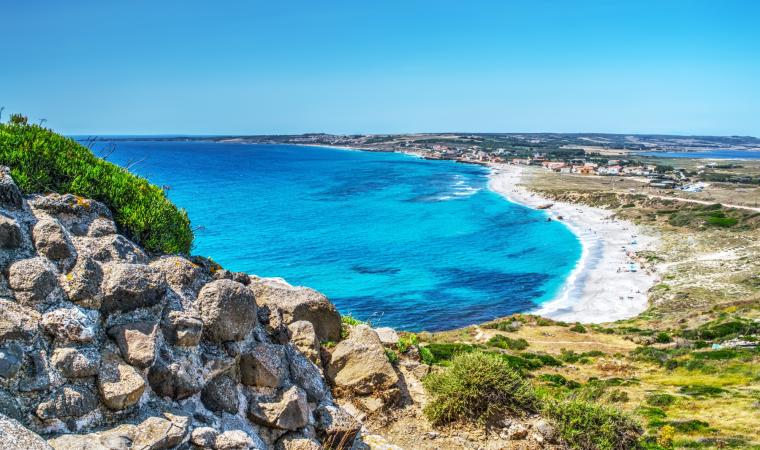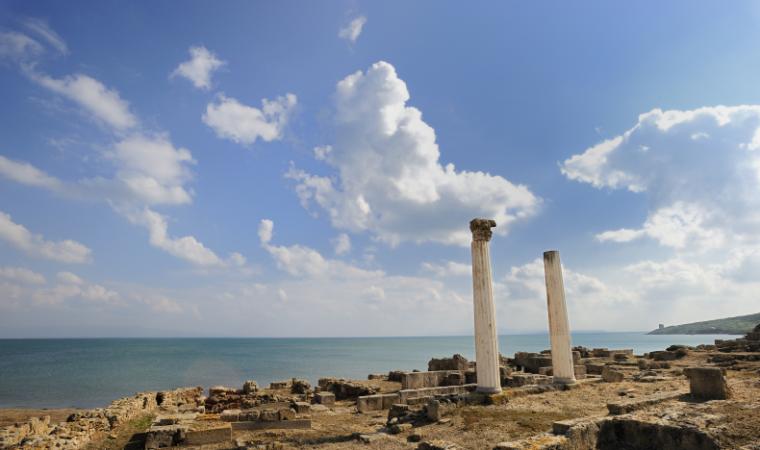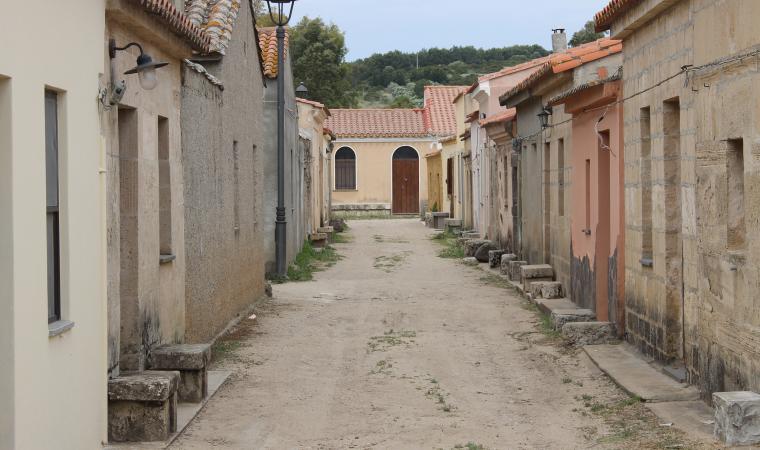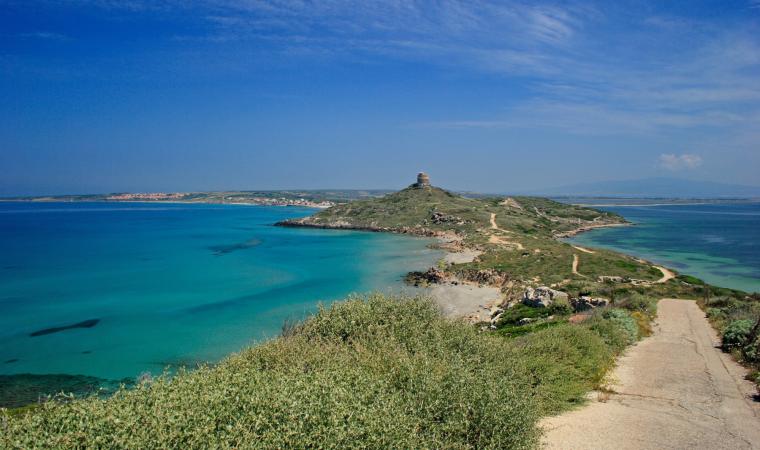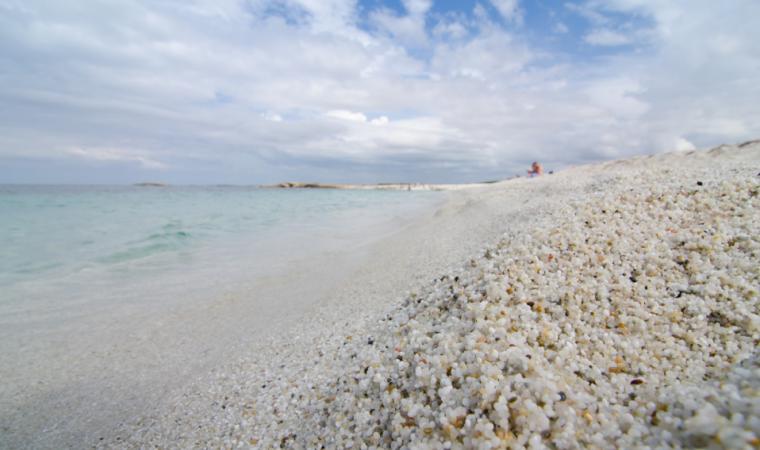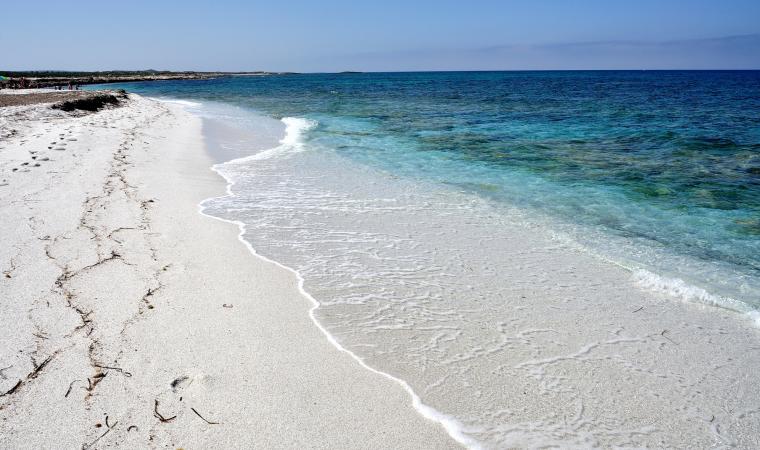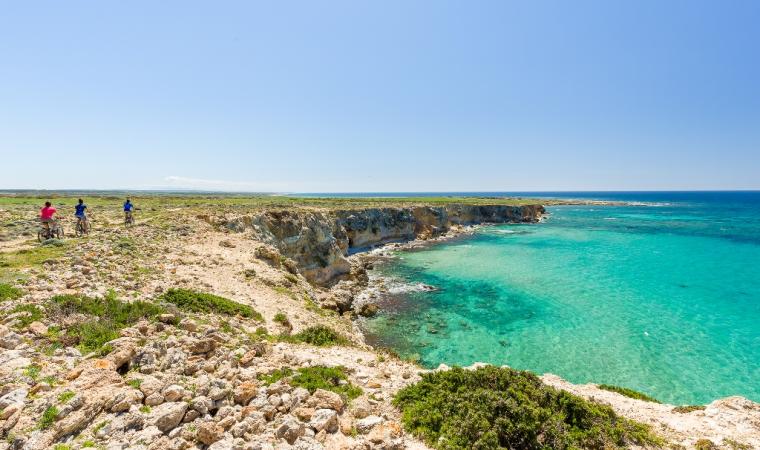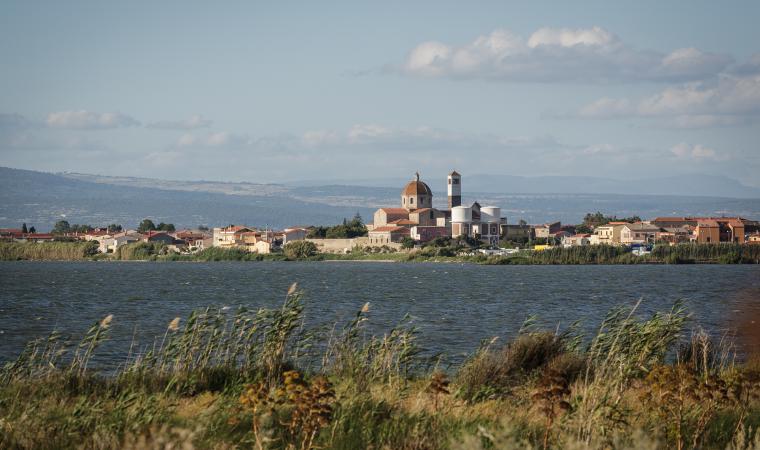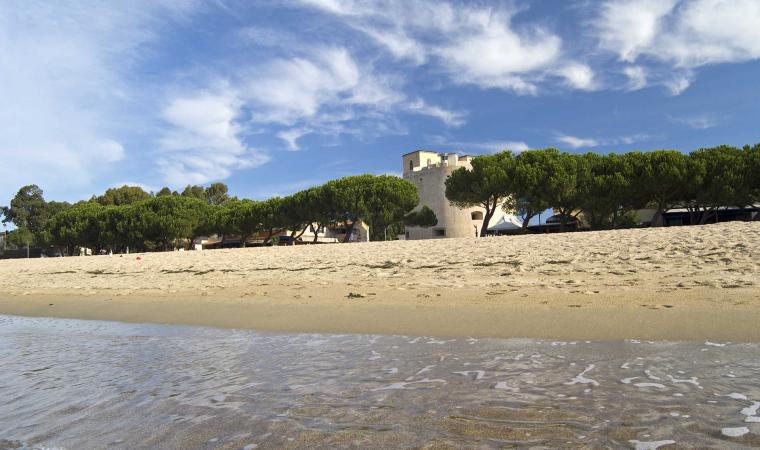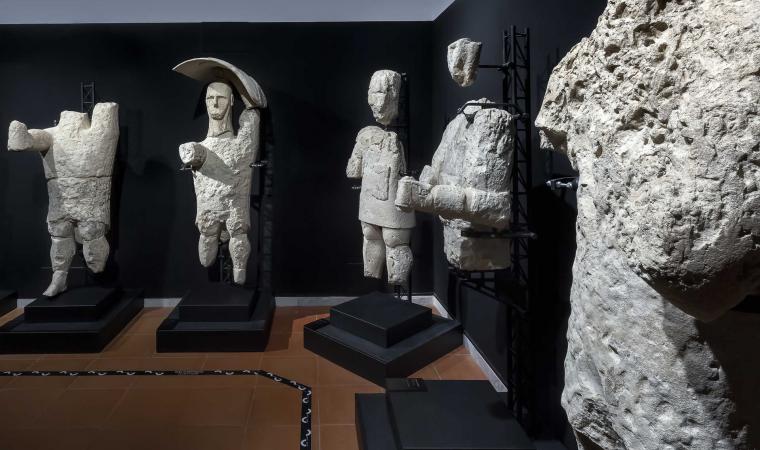In about one hundred hectares, it contains the most typical environmental and naturalistic aspects of the Sinis peninsula. The oasis of Seu reveals an expanse of Mediterranean scrub that stretches as far as the cliff overlooking the sea, covering the northern promontory of the cove of San Giovanni di Sinis, delimited on the opposite side by Capo San Marco. Returning to the territory of Cabras, the Tower of Sevo dominates the landscape and, in the Sardinian language of Campidano, it is called Turr’e Seu, which is what gave the name to the naturalistic area, in turn included in the protected marine area of the Sinis peninsula, and to the little beach nearby.
The oasis owes its conservation to the will of the landowners, who gained possession of it at the beginning of the 20th century, turning it into a game reserve. The area then became a wildlife oasis managed by the WWF, maintaining its wild and uncontaminated features that still make it stand out today. You will walk among myrtles, lentisks, rosemary bushes, palm trees and dwarf junipers, rockroses, broom plants and orchids. There is also a grove of Aleppo pines, while in the sandy stretches at the foot of the cliff, there are dunes covered with sea lilies. Partridges, hoopoes, larks and birds of prey such as buzzards and lesser kestrels find shelter in the greenery. Cormorants, Audouin's gulls and sea swallows circle the rocks, while it is not uncommon to see tortoises, foxes and wild rabbits between the dunes.
Almost cliff-side overlooking the sea, stands Tower of Sevo, a fortress built by the Spanish Crown in the late 16th century. Its shape is that of a truncated cone. The diameter of its base is over seven metres and it is almost ten metres high. The entrance is about four metres above the ground and it leads to a domed vaulted room. On the left, a staircase climbs up to the terrace with a parapet where the cannons were positioned. From the tower, you can admire a breathtaking view, especially at sunset: on your right there is the coastal road with the three ‘jewels’ of the Sinis peninsula: Maimoni, is Arutas and Mari Ermi are characterised by coloured quartz grains. Looking to the left, you can follow the coastline that ends at Capo San Marco. The little beach of Seu lies in a bay just east of the tower and has light sand with hints of amber and a few pebbles. The sea is crystal clear with shades of blue, turquoise and emerald green, with shallow waters and a sandy seabed. On the opposite side of the promontory, the beach of Caogheddas appears. It is larger and has two distinctive traits: an islet that emerges in front of it and the wreck of a steam boat, partly beached and partly submerged, about a hundred metres from the coast. Thanks to the fish that populate the remains of the boat, the submerged wreck is a popular destination for numerous snorkelling enthusiasts.


